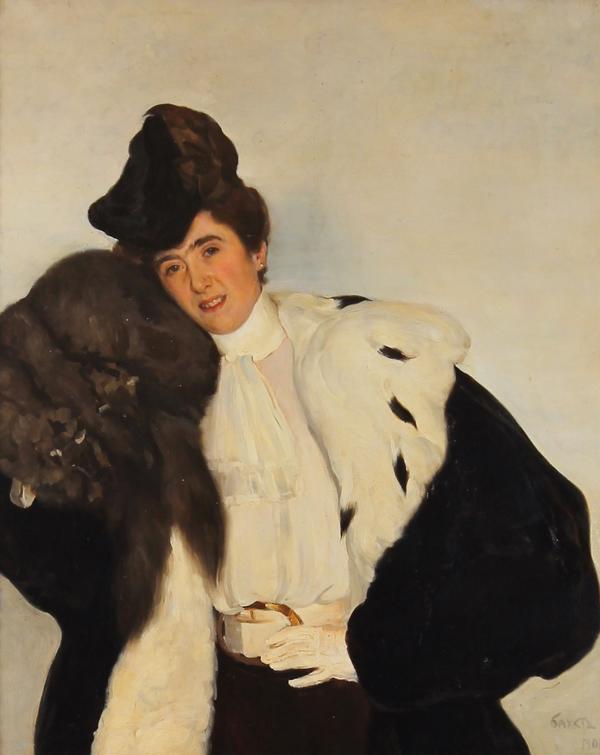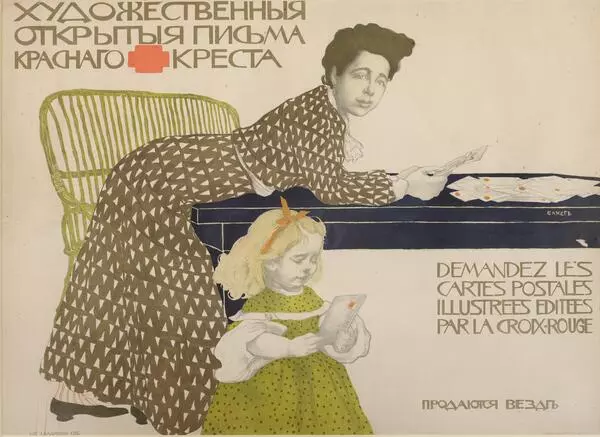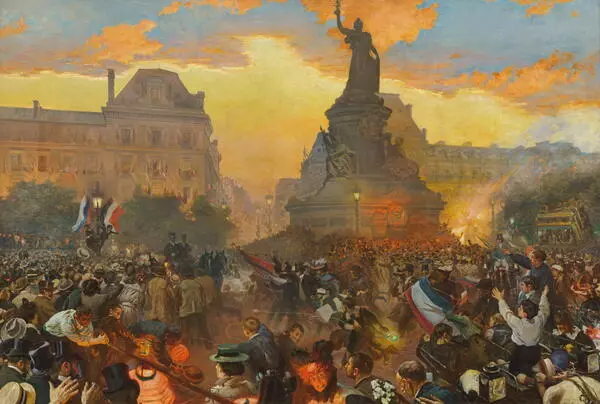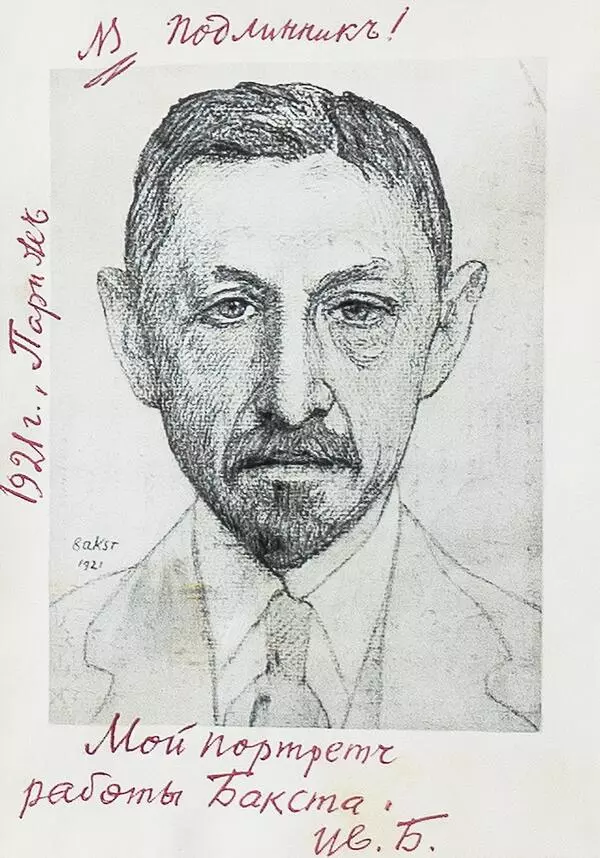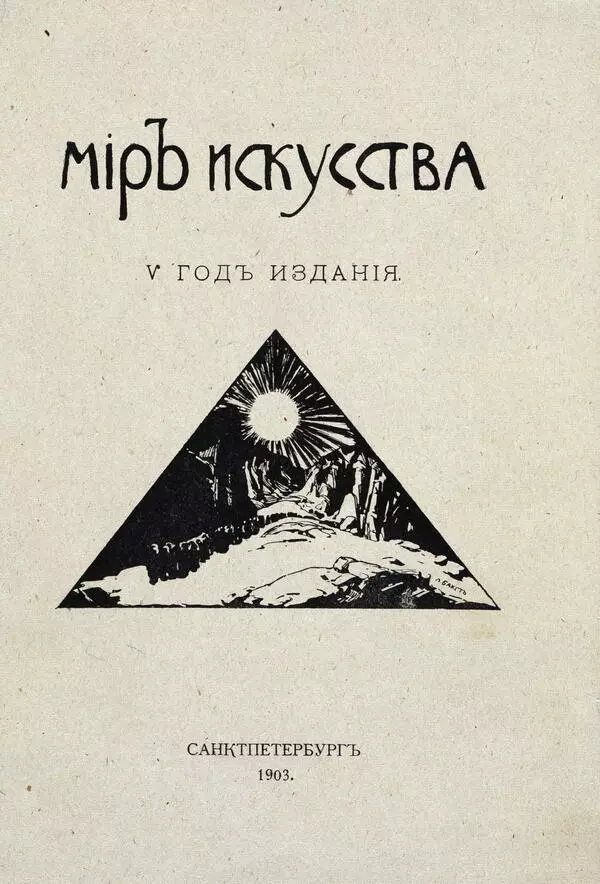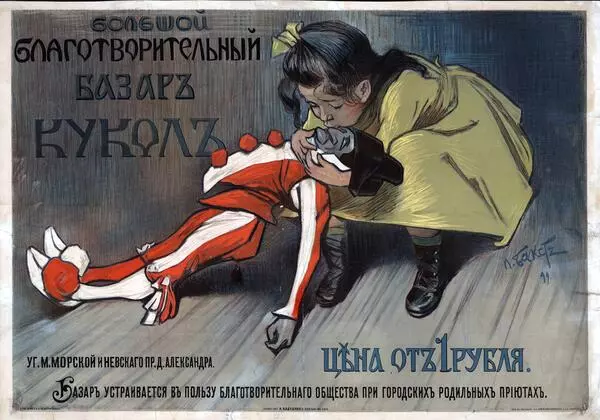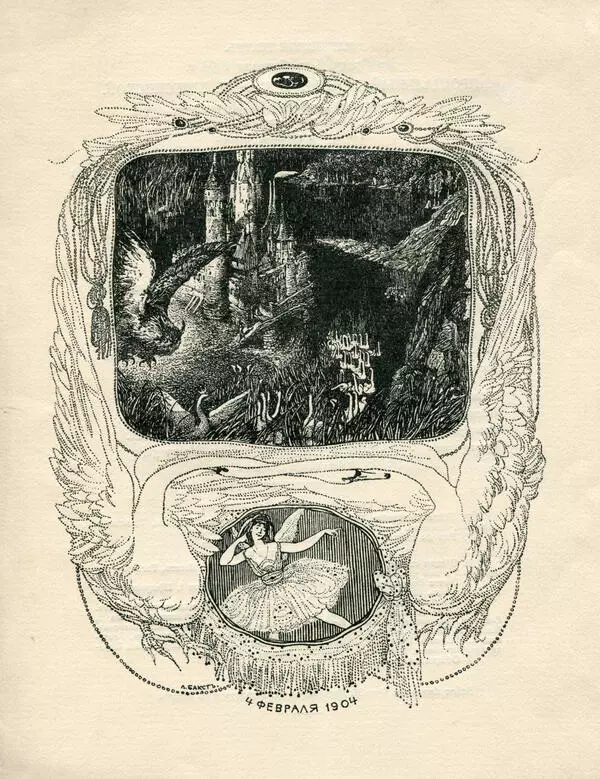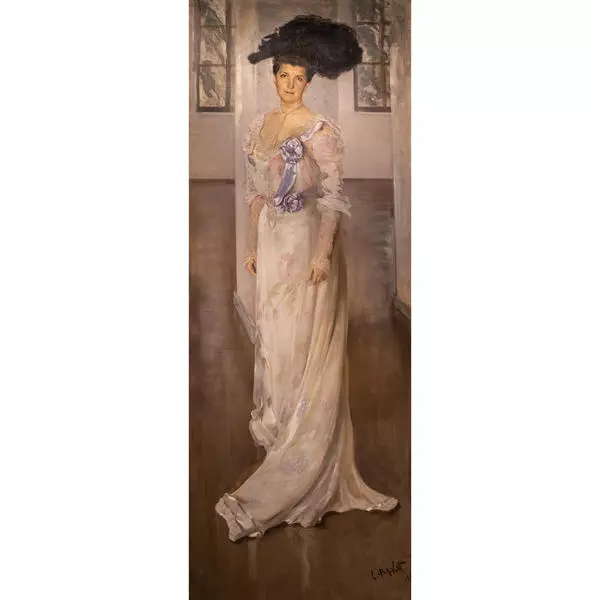‘He is an artist at heart, ’ Alexander Benoit said about Lev Bakst in his memoirs. Art historians call him one of the brightest Russian portrait painters of the beginning of the 20th century. The tense, full of emotions, yet strikingly harmonious works of that theatrical designer became not only the embodiment of his unique artistic style, but also an image of the entire modern direction of the time.
Leon Bakst made the most valuable contribution to the development of the applied art among the entire constellation of artists of the Silver Age. None of the domestic theatrical painters could come close to his fame - the scenery for the performances Scheherazade, Cleopatra and The Sleeping Beauty became a legend. The design of the stage for the ballet conquered the hearts of the audience with a wealth of color, tangible forms and amazing plasticity of human bodies.
Leon Bakst is known as a portraitist, but graphic works of the artist gained recognition as well. As contemporaries noted, they were ‘strikingly decorative and filled with mysterious poetry.’ The painter also had a great influence on the fashion of the early 20th century, creating exotic drawings of fabrics and models of clothing.
The collection of the Simferopol Museum of Fine Arts contains the painting Portrait of a woman dated 1906. This painting under the name Portrait of Ms. K., is mentioned in the article Women’s Portraits of Contemporary Artists printed in the 5th issue of Apollo magazine in 1910.
From 1920 it was kept in the State Russian Museum, where it had come from collector Alexander Korovin.
Leon Bakst made the most valuable contribution to the development of the applied art among the entire constellation of artists of the Silver Age. None of the domestic theatrical painters could come close to his fame - the scenery for the performances Scheherazade, Cleopatra and The Sleeping Beauty became a legend. The design of the stage for the ballet conquered the hearts of the audience with a wealth of color, tangible forms and amazing plasticity of human bodies.
Leon Bakst is known as a portraitist, but graphic works of the artist gained recognition as well. As contemporaries noted, they were ‘strikingly decorative and filled with mysterious poetry.’ The painter also had a great influence on the fashion of the early 20th century, creating exotic drawings of fabrics and models of clothing.
The collection of the Simferopol Museum of Fine Arts contains the painting Portrait of a woman dated 1906. This painting under the name Portrait of Ms. K., is mentioned in the article Women’s Portraits of Contemporary Artists printed in the 5th issue of Apollo magazine in 1910.
From 1920 it was kept in the State Russian Museum, where it had come from collector Alexander Korovin.
According to the records in the inventory book of the museum, where the portrait was kept until 1941, the artist depicted Anna Korovina. In the book by Irina Prujan Bakst, published in 1975, it is stated that the model was Louise Demoulin. But the information received from the Russian Museum allows us to consider that attribution wrong.
Prior to the war the painting was a part of the collection of the traveling exhibition of the Russian Museum. Its reproduction was in the guidebook on the exhibition printed in 1941.
The fate of the Portrait of a woman during the World War II could not be traced. The work of Leon Bakst entered the Simferopol Museum of Fine Arts in 1949 as an art object that returned from Germany. In 1956 the painting was restored by Kiev masters.
Prior to the war the painting was a part of the collection of the traveling exhibition of the Russian Museum. Its reproduction was in the guidebook on the exhibition printed in 1941.
The fate of the Portrait of a woman during the World War II could not be traced. The work of Leon Bakst entered the Simferopol Museum of Fine Arts in 1949 as an art object that returned from Germany. In 1956 the painting was restored by Kiev masters.

